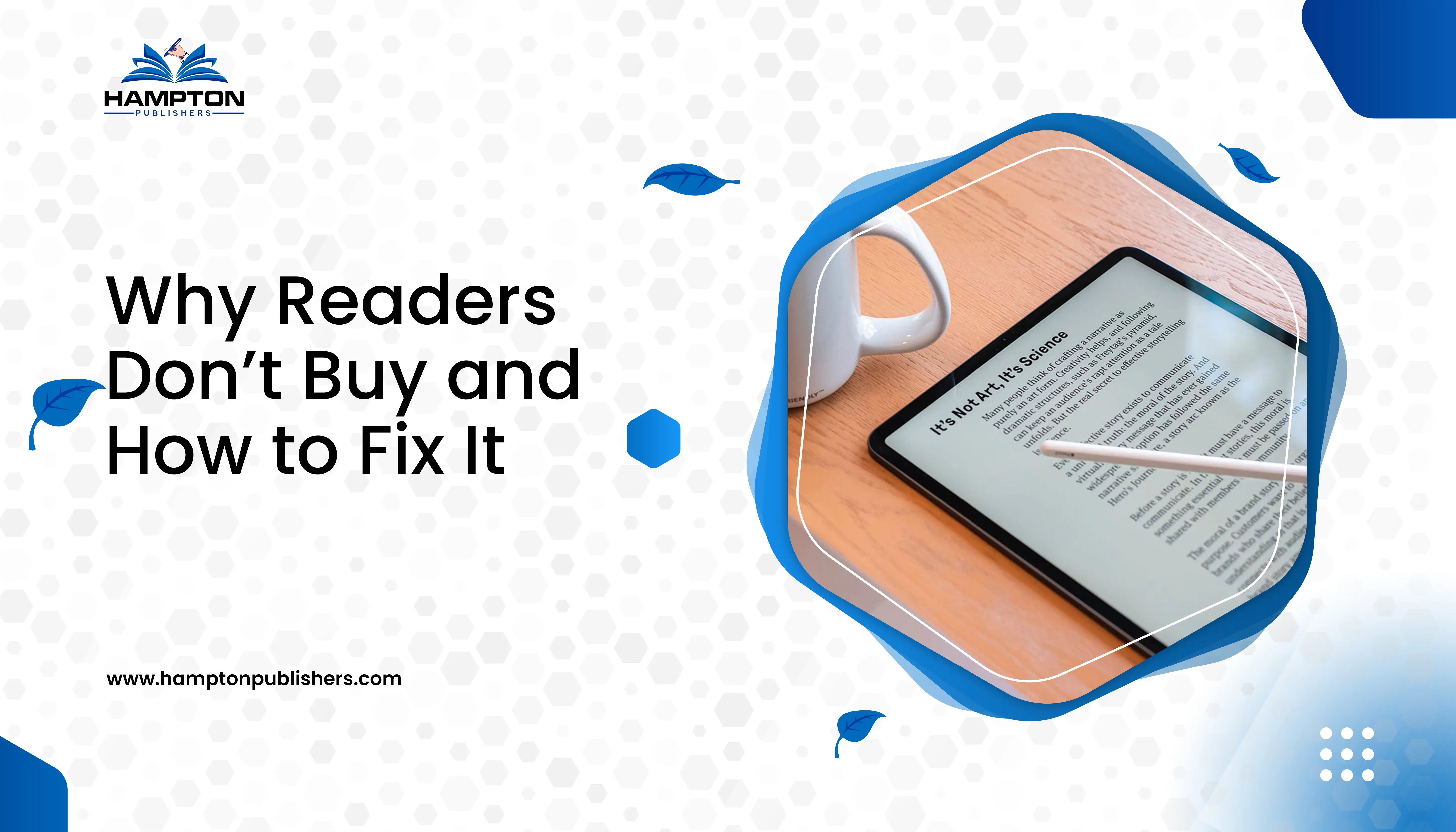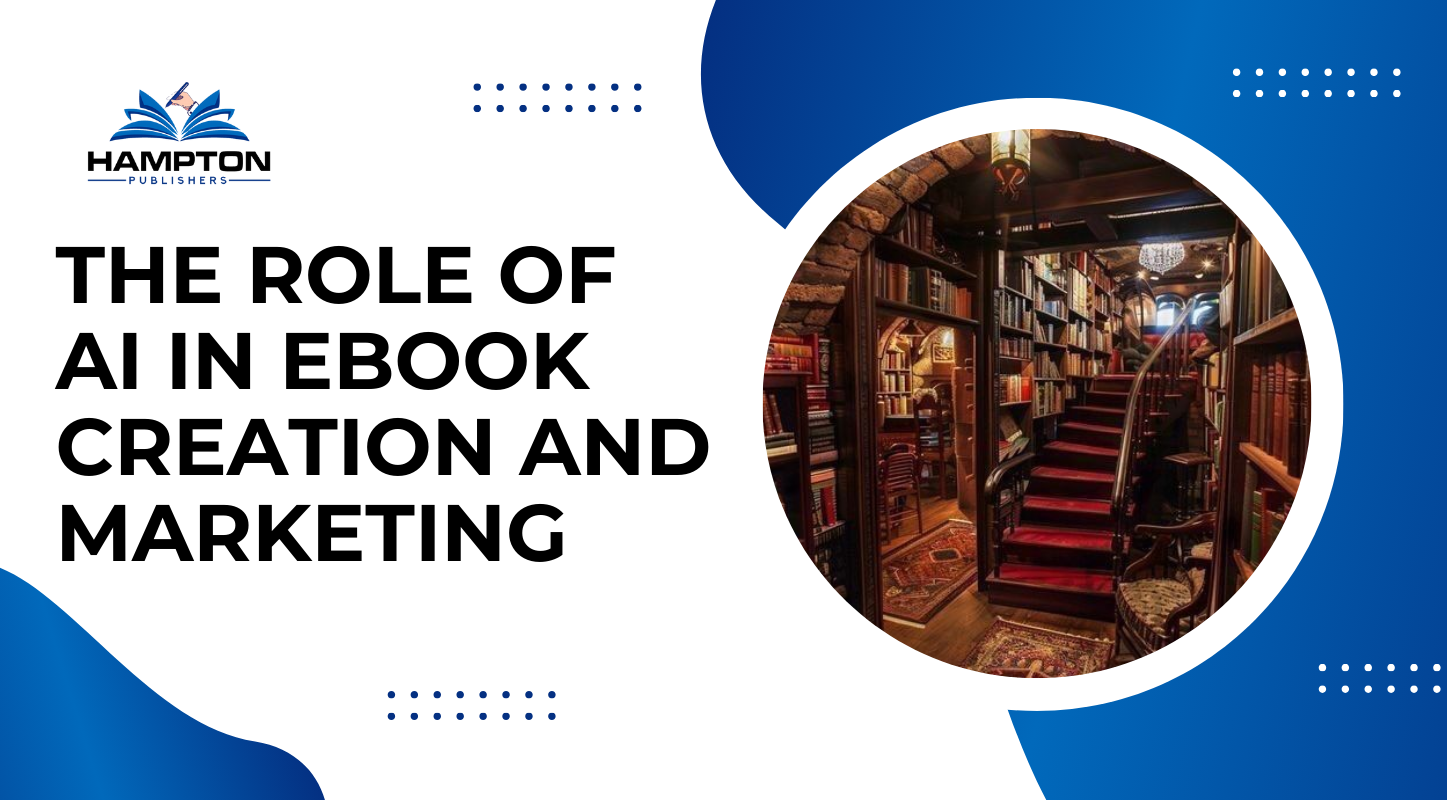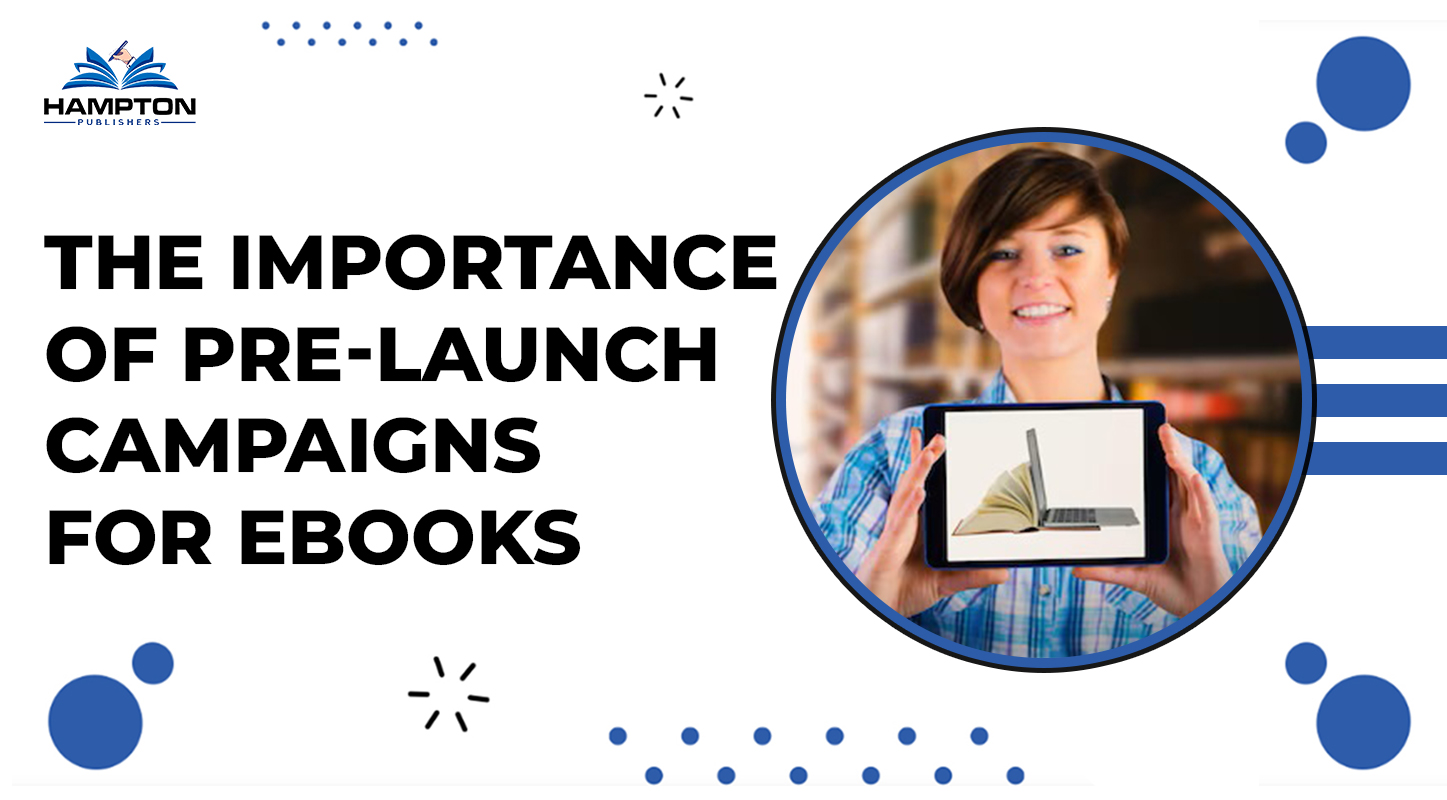Why Readers Don’t Buy Books and How to Fix It

Introduction
For every passionate writer, nothing is more rewarding than seeing their book reach eager readers. Yet many authors face a frustrating reality: despite countless hours spent writing, their books struggle to sell. The problem is rarely the quality of the story itself. More often, the challenge lies in understanding why readers hesitate to purchase and how to overcome those barriers. Let’s break down the main reasons behind book sales issues and explore practical solutions to fix them.
1. Lack of Visibility in a Crowded Market
In today’s publishing world, readers have endless choices. Thousands of new titles are released daily across digital and print platforms. A great book may never catch a reader’s eye because it gets lost in the noise. If readers don’t know your book exists, they can’t buy it.
Fix: Visibility starts with smart positioning. Authors should focus on crafting strong book descriptions, eye-catching covers, and optimized keywords for search engines. Collaborating with bloggers, using book review platforms, and maintaining a presence on social media can help bring your book to readers’ attention.
2. Weak or Generic Marketing
Even when a book is visible, generic promotion often fails to spark interest. Marketing that simply says “Buy my book” does little to capture attention or create an emotional connection. Readers need a reason to believe your book is worth their time.
Fix: Use marketing psychology to craft campaigns that resonate with your audience. Highlight the emotional benefits, whether it’s escaping into a fantasy world, gaining knowledge, or finding inspiration. Use storytelling in your promotions to show readers how your book can improve or enrich their lives.
3. Pricing That Doesn’t Match Perceived Value
Another major reason readers don’t buy is pricing. If a book is priced too high, readers may hesitate, especially if the author is new or unfamiliar. Conversely, pricing too low can signal low value, making readers doubt the quality.
Fix: Study comparable titles in your genre to determine a fair price range. Offer limited-time discounts or bundle deals to encourage purchases. Above all, ensure your cover design, formatting, and presentation reflect a professional product that justifies the price.
4. Poorly Defined Target Audience
Without a clear target audience, promotions feel scattered and fail to connect. Readers don’t buy because they don’t see how the book fits their specific needs or interests.
Fix: Define your ideal reader profile, age, interests, reading habits, and the problems they want solved. Focus all marketing efforts toward this audience, from the language used in blurbs to the platforms chosen for advertising. A focused message increases the chances of conversion.
5. Lack of Social Proof
Readers rely heavily on reviews, ratings, and recommendations. A book without reviews may seem untested or untrustworthy. Even if the story is excellent, the lack of feedback can stop readers from taking a chance.
Fix: Encourage reviews by offering advance reader copies (ARCs), reaching out to book bloggers, or organizing launch teams. Feature positive testimonials on your website, social media, and book listings. Social proof builds trust and lowers the risk for potential buyers.
Conclusion
Selling books successfully is less about luck and more about strategy. By addressing visibility, targeted marketing, pricing, audience clarity, social proof, and presentation.
Authors can tackle common book sales issues and position themselves for better results. Remember, readers buy not just books but experiences, solutions, and emotions.
At Hampton Publishers, we understand these challenges and help authors navigate them with strategies rooted in marketing psychology and industry expertise. With the right approach, your book can find the audience it deserves and turn hesitant browsers into loyal readers.
Related Blogs
The Role of AI in Ebook Creation and Marketing
How TikTok and Social Media Are Shaping the Future of Book Publishing
The Importance of Pre-Launch Campaigns for Ebooks
Sign Up Now to Get
50% Off
Thanks for choosing us, Your publishing journey starts now.





